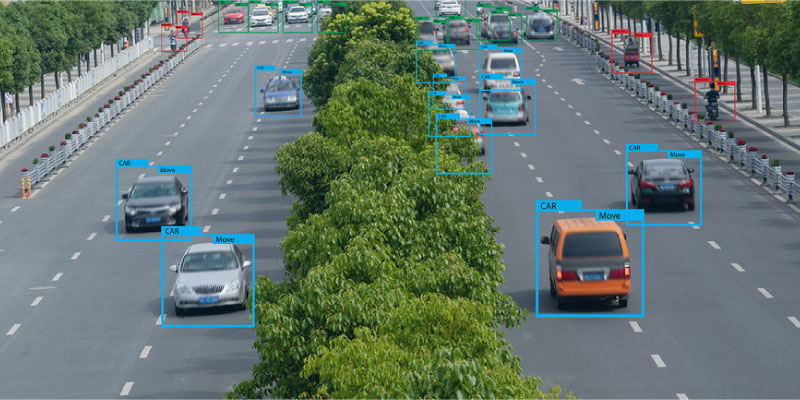- AI

Artificial Intelligence

Smart Products & Services
We follow Smart Products & Services

Intelligent Business Functions & Processes
We follow Intelligent Business Functions & Processes

Robotic Process Automation
We follow Robotic Process Automation

Personalized
healthcareWe follow Personalized healthcare

Identifying at-risk patients
We follow Identifying at-risk patients

Optimized routing and scheduling
We follow Optimized routing and scheduling
- ML

Machine Learning

Predictive
AnalyticsWe follow Predictive Analytics

Service Personalization
We follow Service Personalization

NLP
We follow NLP (Natural Language Processing)

Stock Market Forecasting
We follow Stock Market Forecasting

Fraud Prevention
We follow Fraud Prevention

Recommender engines
We follow Recommender engines
- blockchain

Blockchain

Public Blockchain
We follow Public Blockchain

Private Blockchain
We follow Private Blockchain

DEFI
We follow DEFI Blockchain

Initial stake pool offering development
We follow initial stake pool offering development
- IOT

Internet of Things
- AR
- Business Solutions

Business Solution

Business Performance Management
We follow Business Performance Management

Decision Making & Big Data Analytics
We follow Decision Making & Big Data Analytics

Enterprise Data Management
We follow Enterprise Data Management
- Apps

Apps

Native Apps
We follow Native Apps

Cross Platform Apps
We follow Cross Platform Apps

Web Apps
We follow Web Apps

Hybrid Apps
We follow Hybrid Apps

Cloud Native Apps
We follow Cloud Native Apps
- Lab

Get The Best Mobile Experience With AI And AR
AI (Artificial Intelligence) and AR (Augmented Reality) are known to be well-defined technologies but it is tested when they are sync within each other on a combined foundation of the app, they perform exceptionally well and provide unique mobile app experiences to users.
AI is known to strengthen AR for engaging multidimensional in the real world and letting individuals control the virtual objects 2D and 3D by their words, eyes and touch. This is the next generation of tech.
AI and AR Work Stronger Together And Here Is How

There are many top-notch web development company which are producing next-generation apps with AI and AR for boosting smartphone mobile app experience.
We will provide some of the best apps experienced provided using AI and AR together.
Google Maps AR

We all use Google maps but they modified by adding AR into its app. Google Maps AR has added a digital direction to show you where should you go. If you are walking towards a bakery and you stop, the map will show noticeable arrows to exactly which side you should go to. It also helps by identifying buildings and nearby points. One can never be lost when using the latest Google maps AR. This works perfectly for Android and iPhone users. AI plays an essential role in Google Maps AR by recognizing what you can virtually see and the GPS lets you put it on the map.
There Is Another Interesting Tech Known As Google Lens!

Google always surprises its users with cutting-edge and innovative techs. If we talk about Google lens, it is an AR app that uses your rear-camera to recognize an object you wish to search, for example, content, books, places, products, media, and barcodes. An object is identified and marked so if it’s needed in the future, it can be recognized again. A google user can recognize anything through Google lens starting from furniture to clothing and even your favorite dishes from a restaurant.
The most exciting part is how does it identify an object? The answer is AI. Google solutions are AI-concentrated. Google lens extensively uses AI to empower its visual recognition algorithms. It lets a smartphone camera give the information of the object you point through it. For example, if you want to know about a flower you just saw at a market, simply let your rear camera do the trick. Or if you are exploring new restaurants but still want to be sure? Then get online reviews and the best dishes rated through the lens. The google lens is a perfect example of AR and AI.
Ikea Place – Visualize It Before Purchase

Long gone are those days when one needed to measure an area when hoping to buy a new sofa or a bedroom set. IKEA has introduced IKEA place in which one can easily virtually place the furniture through their iPhone or iPad to see how it would look and how much area would it consume. With this new advanced tech, IKEA shook the market with its creative approach. It can help save time for users and prevent them from purchasing the wrong size items. It is a combo pack of AI and AR.
Snapchat

We all love snapping and streaking on this mobile app. Snapchat image filters are very famous and the app is used mostly because of the changing filters. The snap’s AR filters evolve among the computer vision tech that is specifically a sub-field of AI. Many AI application developers are experimenting to make the social apps experience more interesting by combining AI and AR. Let’s not forget Pokémon GO as well, these are computer-generated objects which co-exist and engage with the real world through a scene.
Most Basic Ways For Developers To
Here are the easiest ways to combine AR and AI models for taking images or audio from a scene and use that data on a model. Use the model output for adding effects within the taken scene.
– Image labeling

A smart-phone camera is run with an AI model that explains an image. The classifications set off an AR label for the location.
– An Object Detection

A camera frame passes to an AI model which evaluates the location and reach of the objects within the environment. The location details are used to shape the hitboxes and colliders to accommodate the engagements among the physical and the digital objects.
– Semantic Segmentation And Occlusion

An AR Kit offers generic people occlusions skills, however, a personalized AI model can segment and occlude cars and other objects.
– Pose Evaluation

AI models deduce the location of objects such as hands and feet that are used to sway AR content.
– Text Identification and Translation

An AI model identifies, reads, and translates the text in the picture. The AR APIs are further used to overlay the translated text back in the 3D world.
– Audio Recognition

AI models can listen to particular words which trigger AR effects. If a person says the word “king” and a virtual crown would appear on the head.
Conclusion
Augmented reality and artificial intelligence are complemented techs when combined. They worked well with each other and if you are opting for an app that can assess the chances for AI and AR to improve your business then let’s transform them into accomplished plans by hiring artificial intelligence strategy services to receive a genuine and effective product. Through them, smaller, quick and accurate AI models can be generated with AR functionality. In the up-coming mobile app developments, many top-techs would use AI and AR as a regular practice.
Also Read: Benefits Of Using Artificial Intelligence In Business

















































Leave a Reply